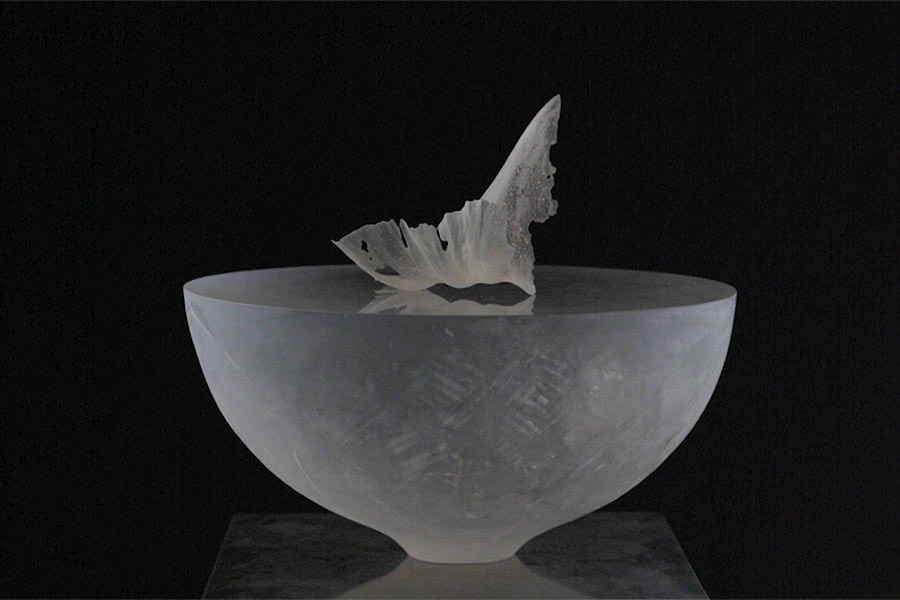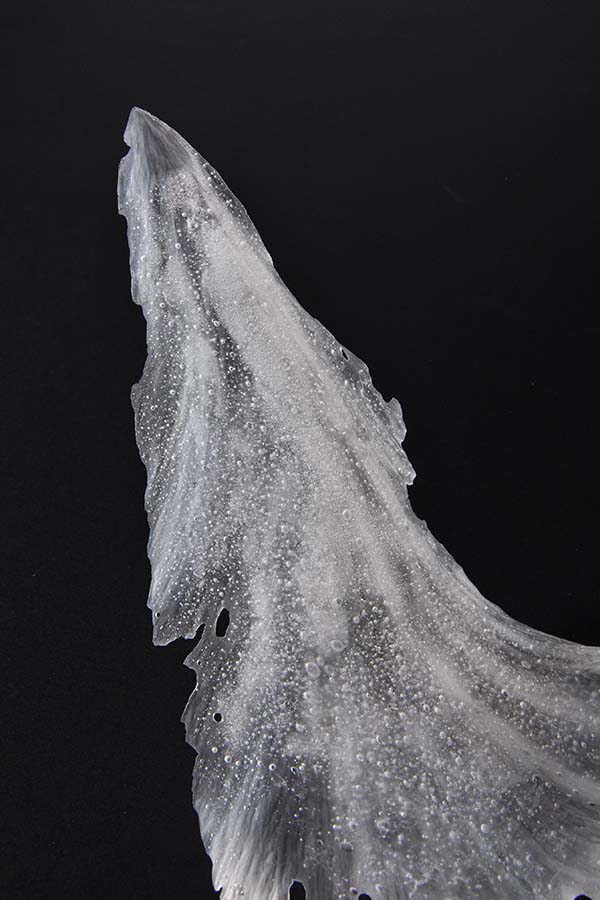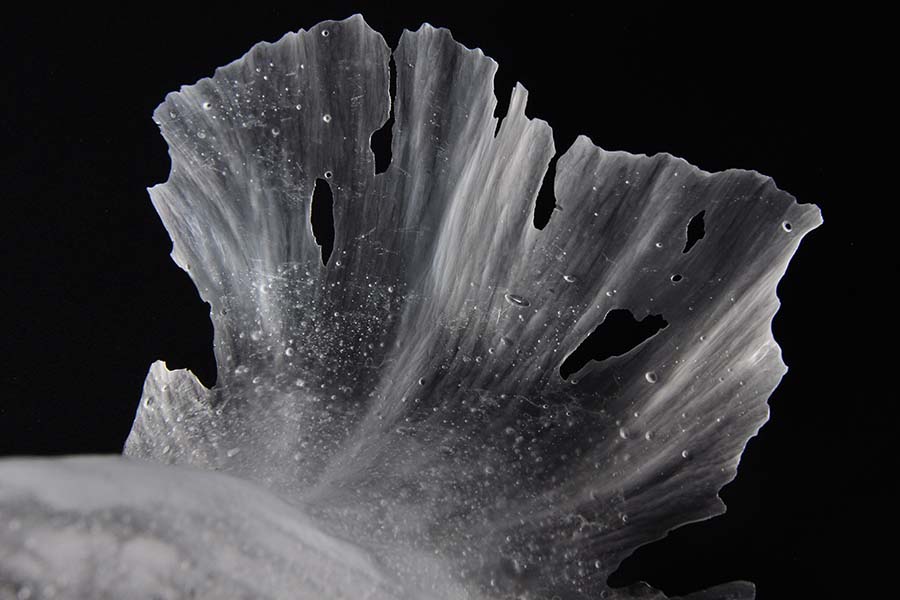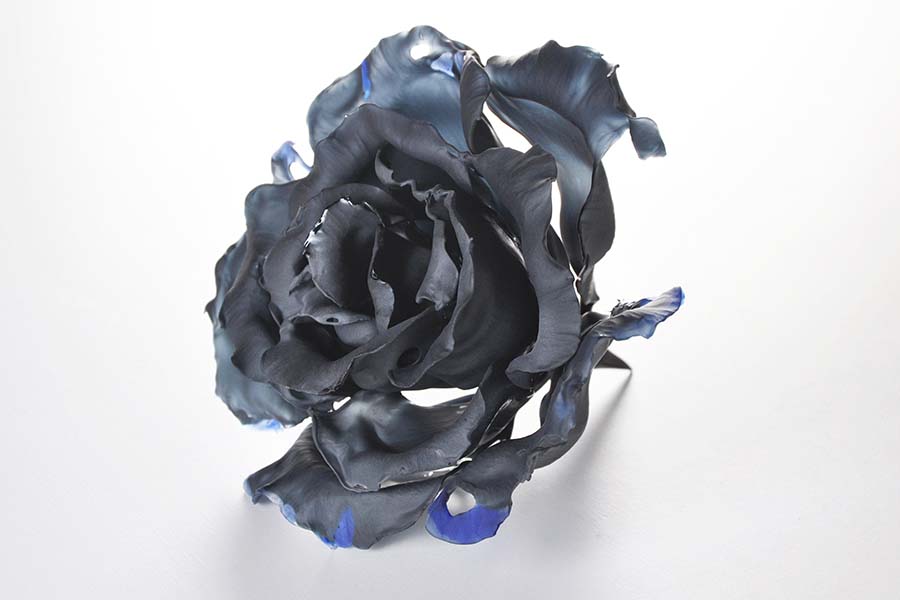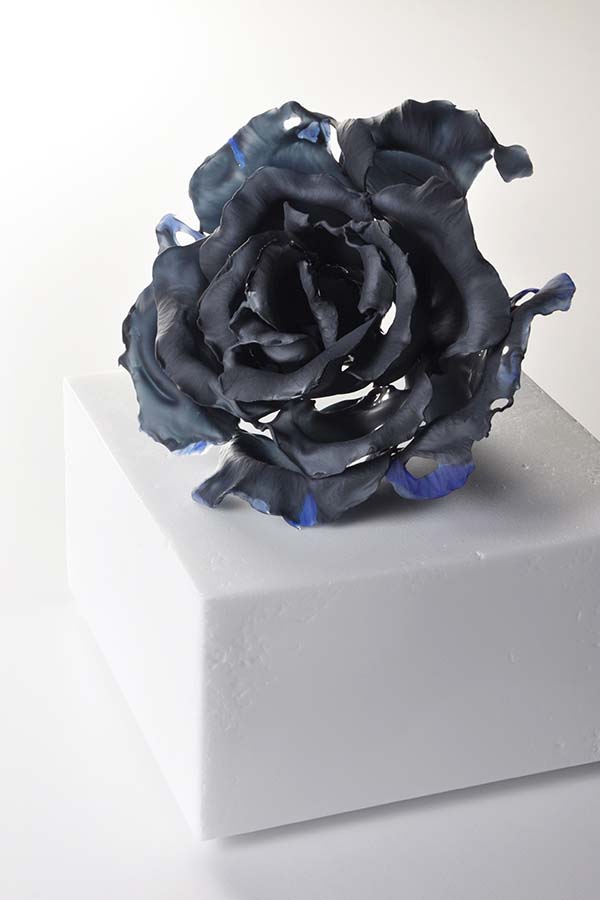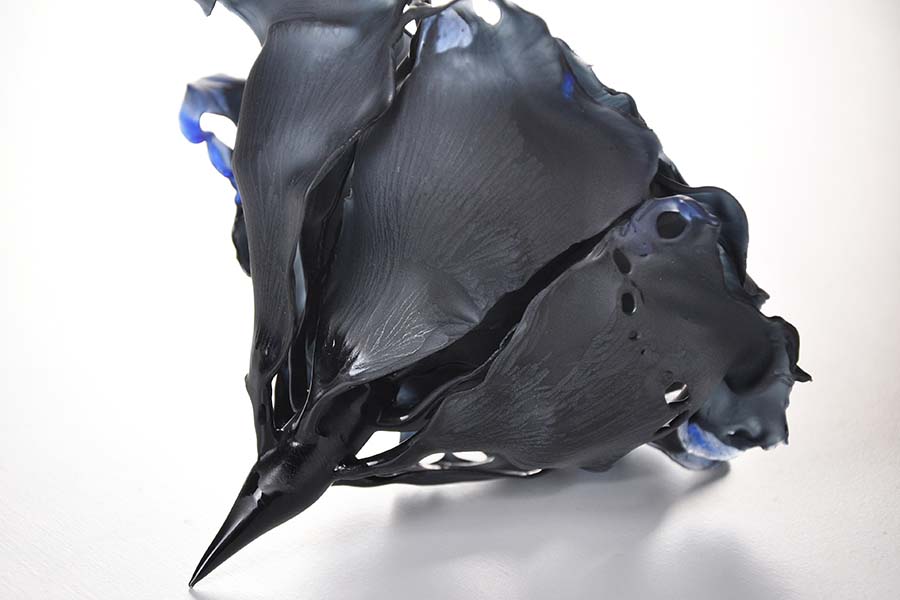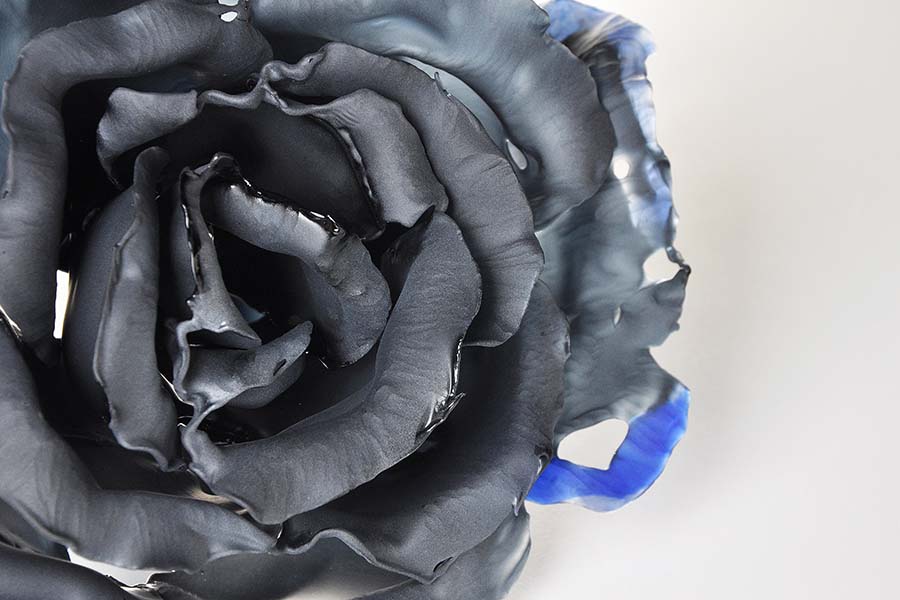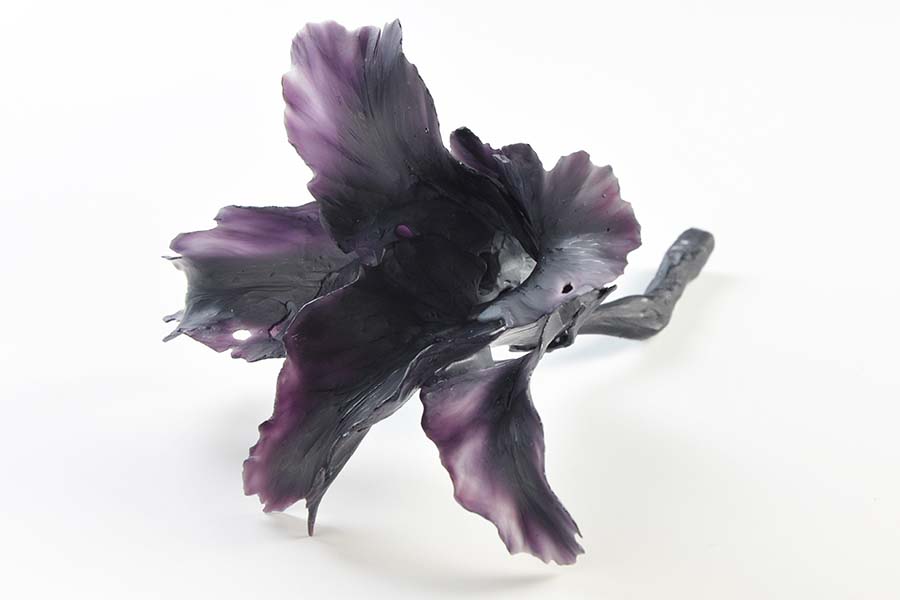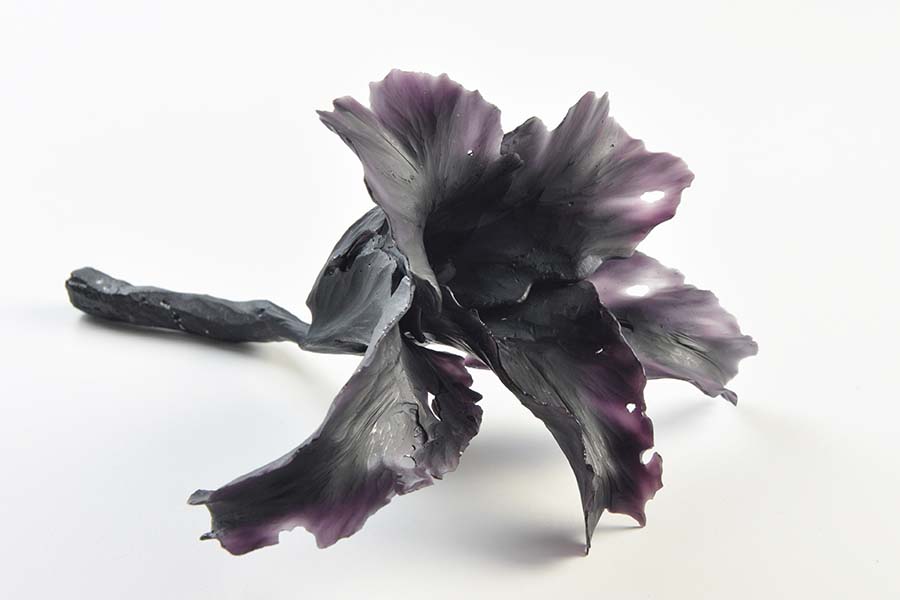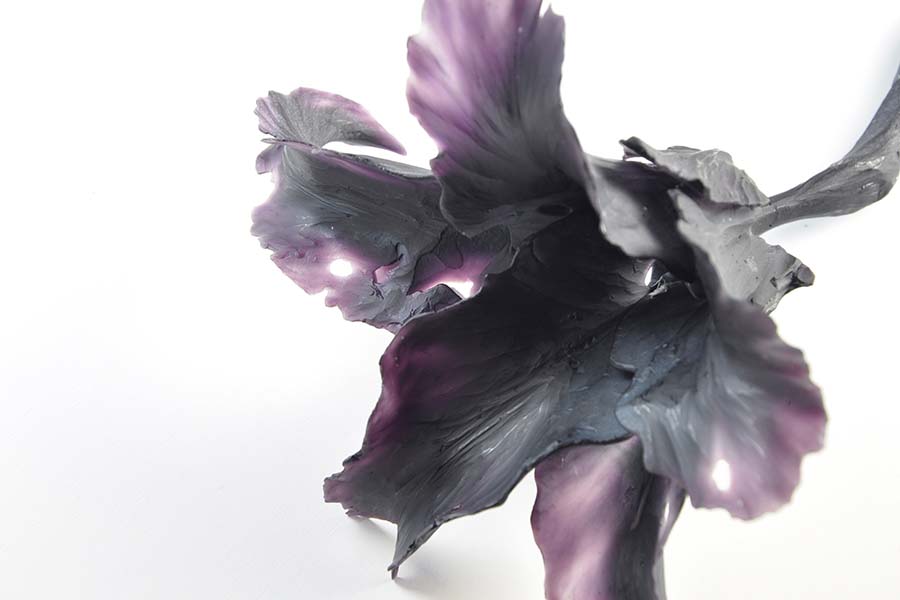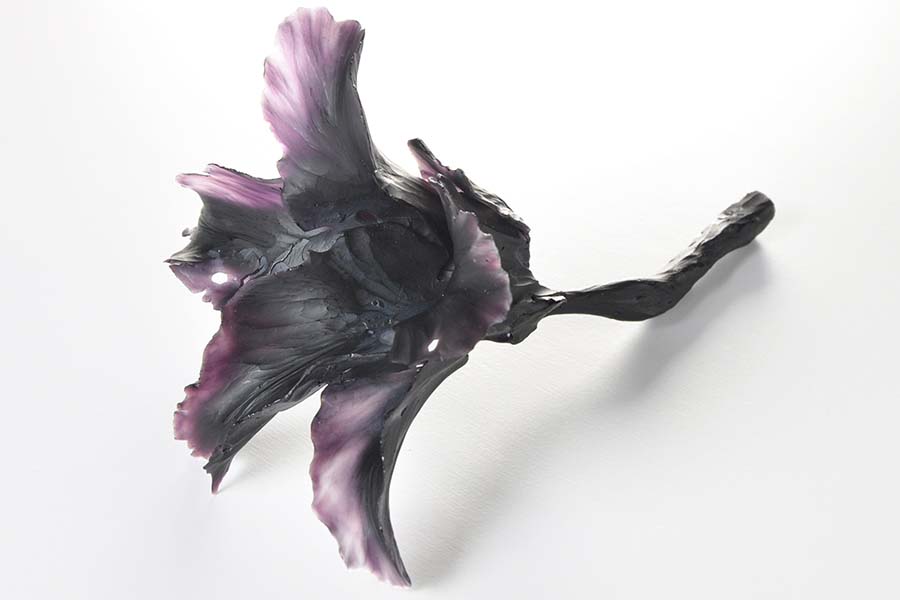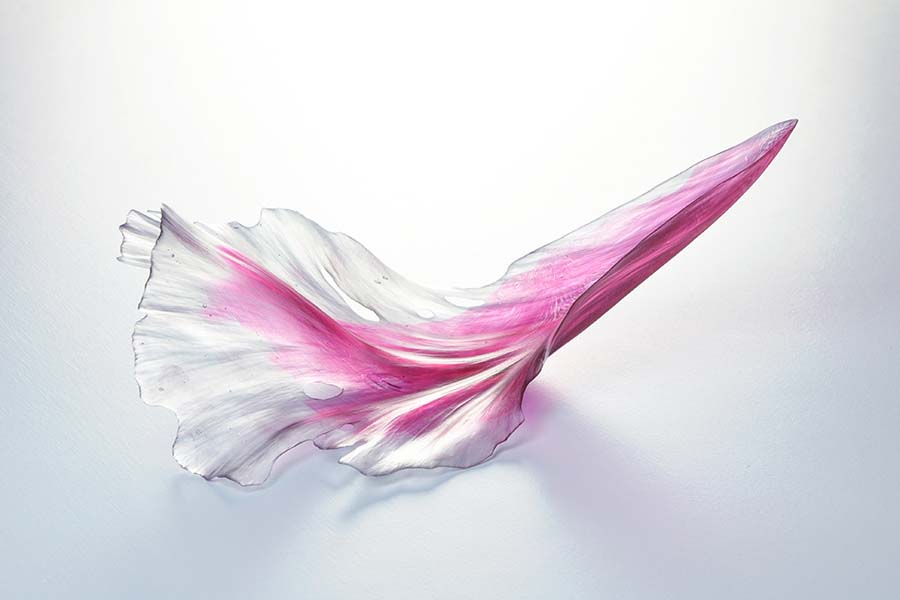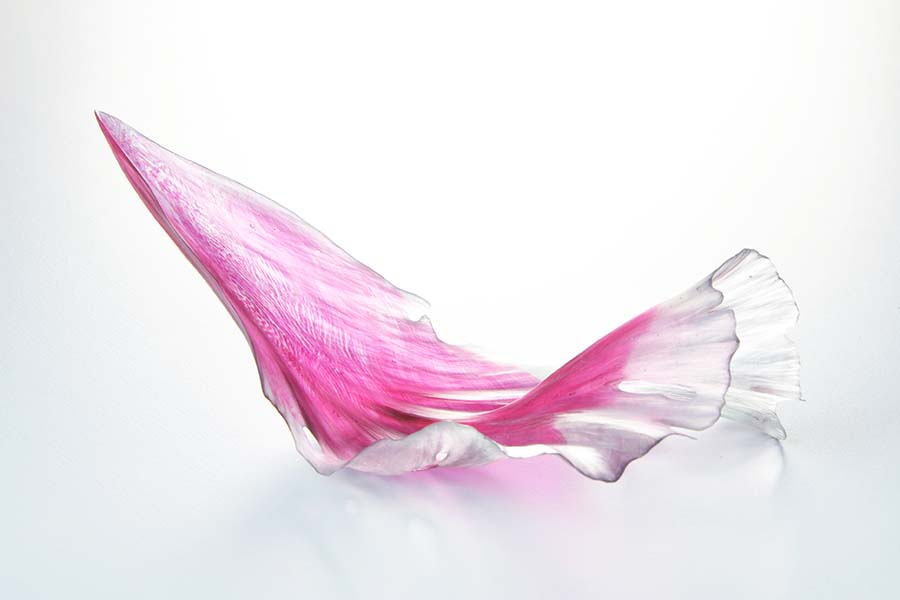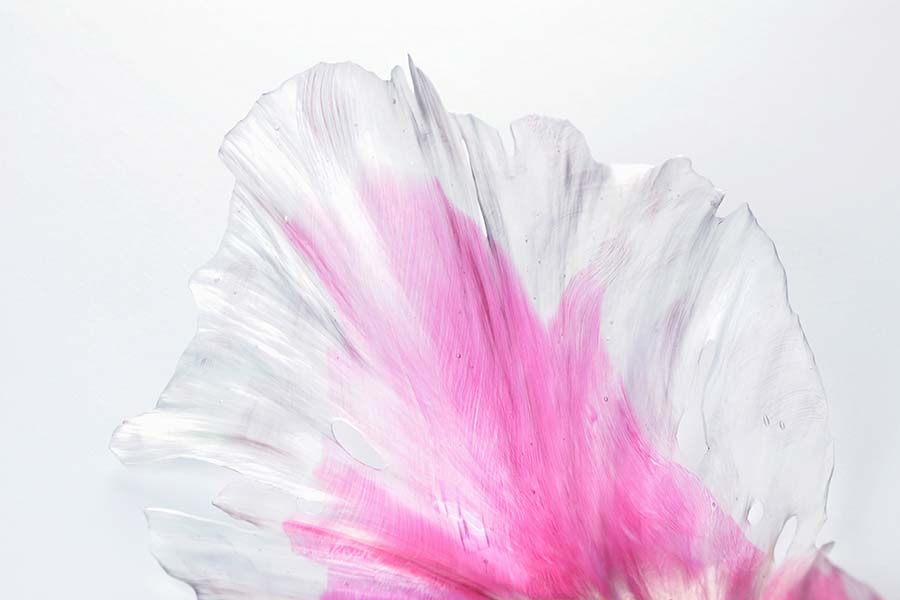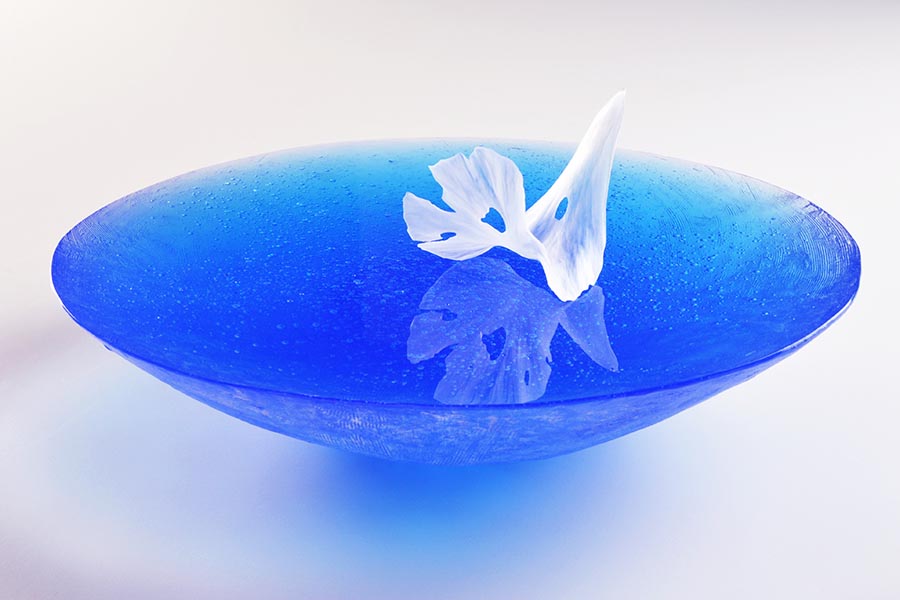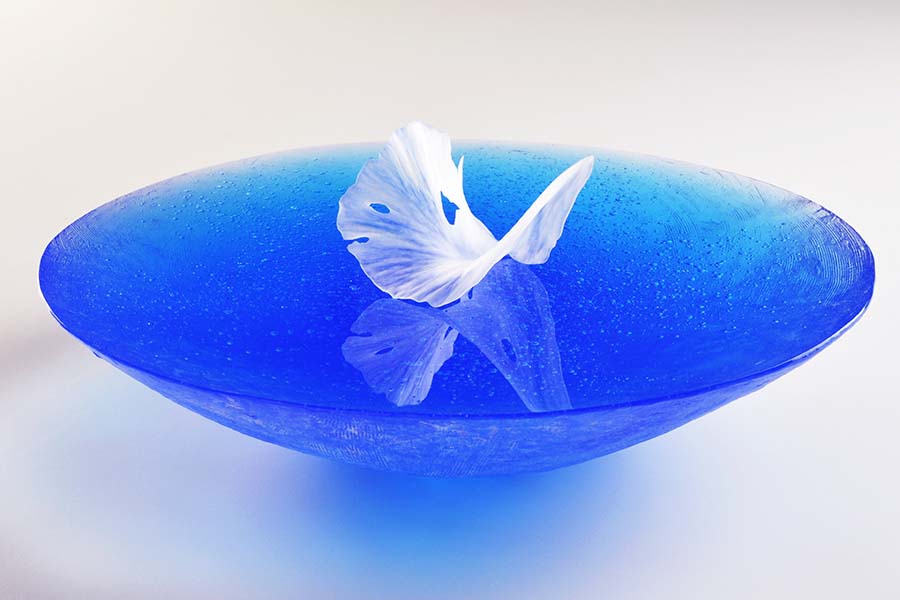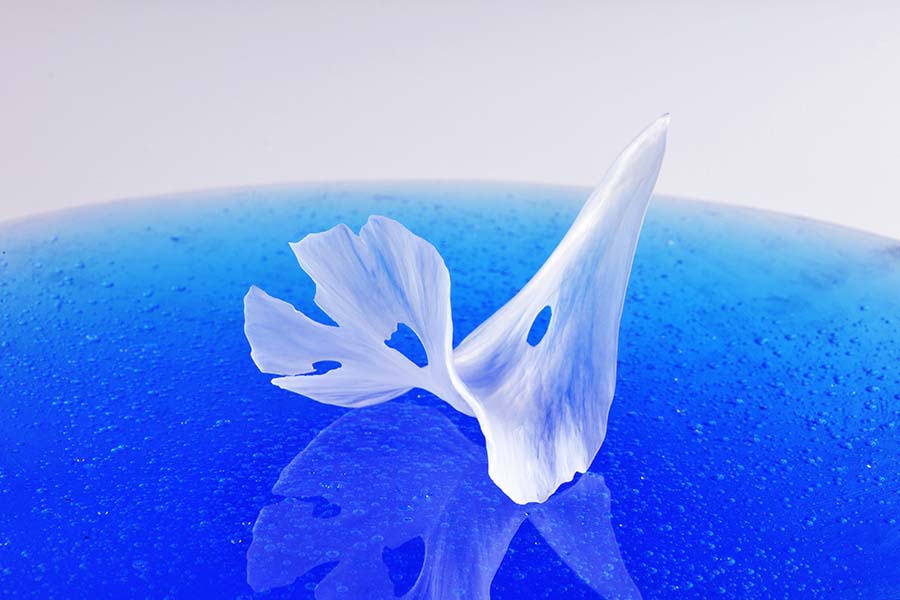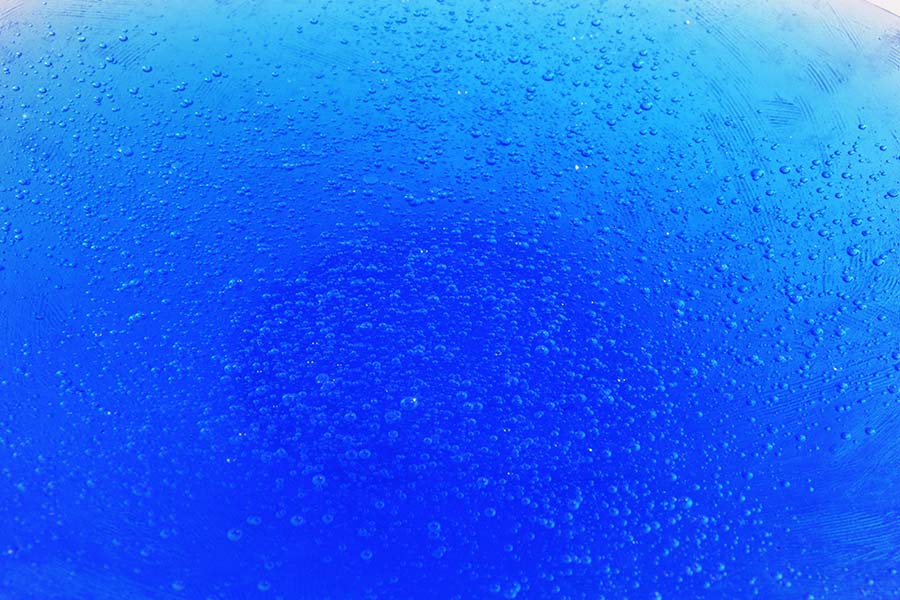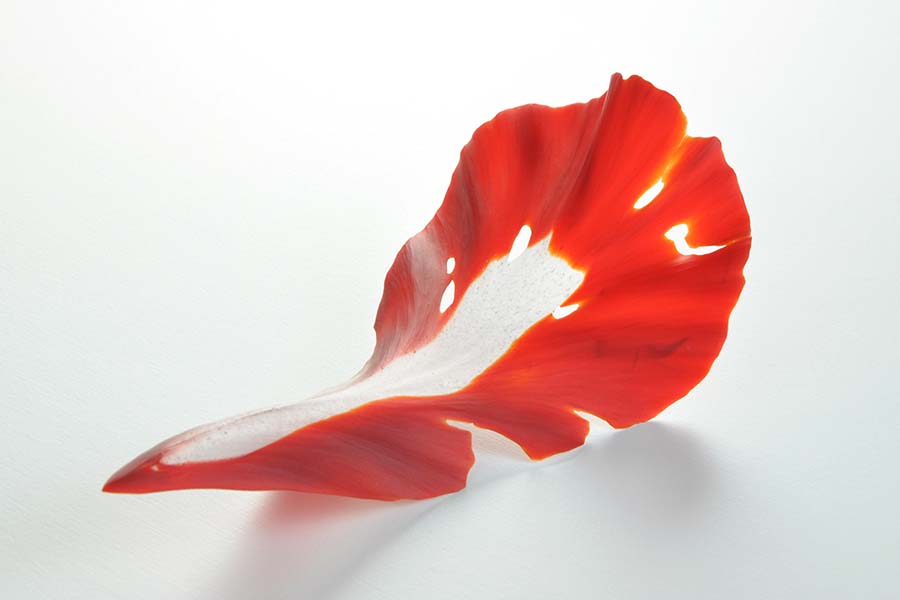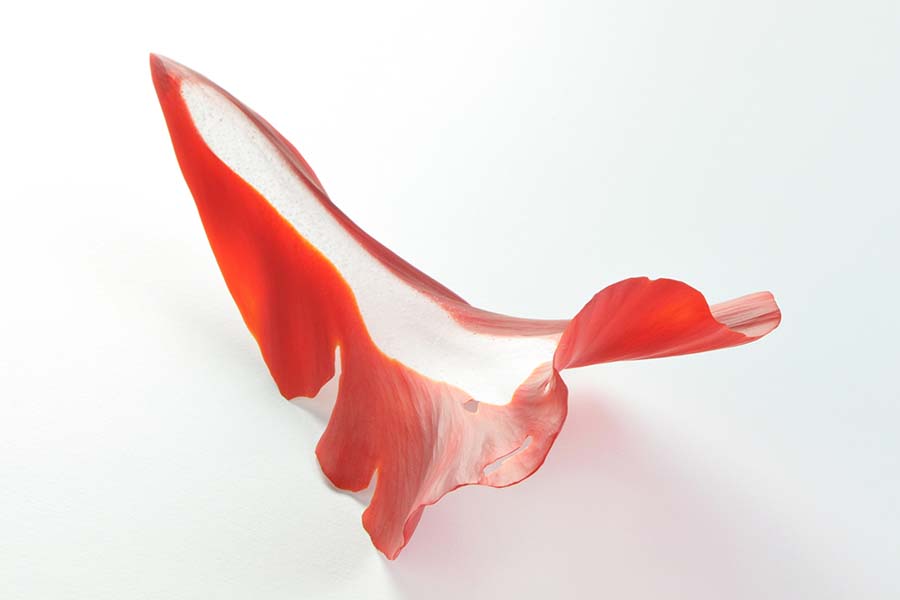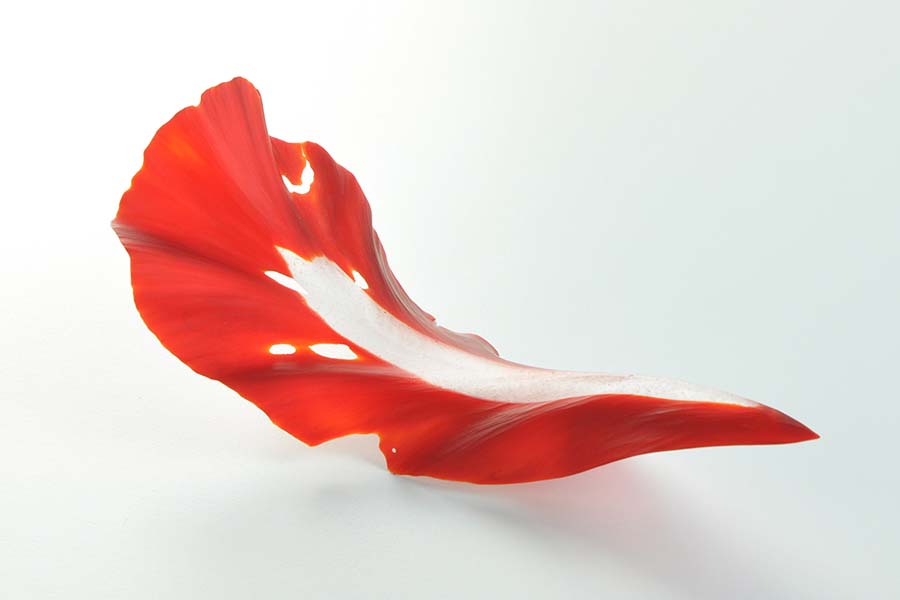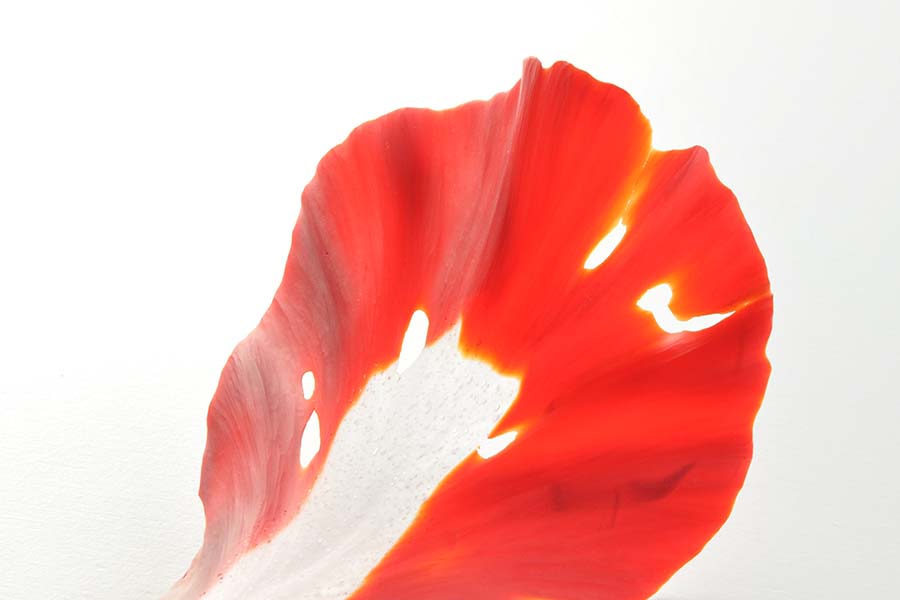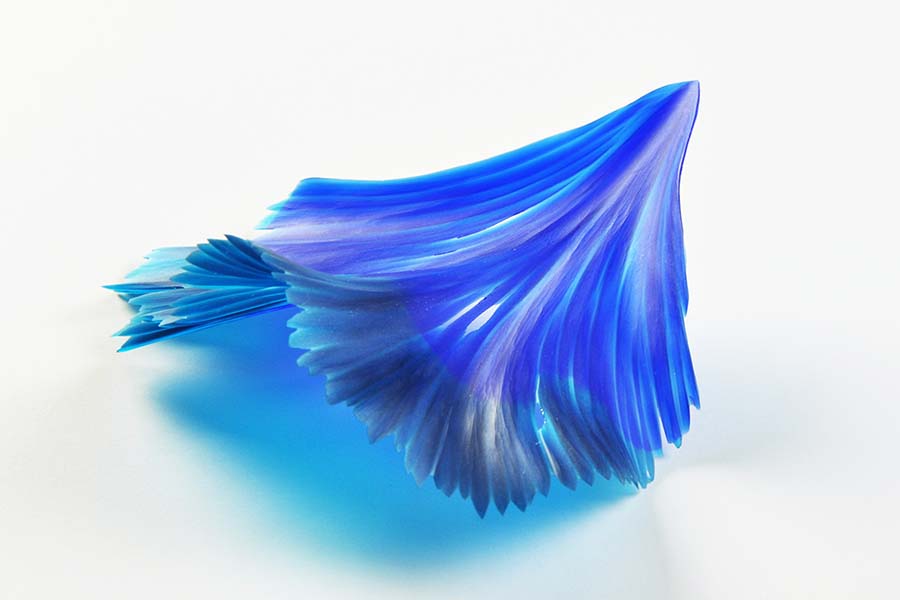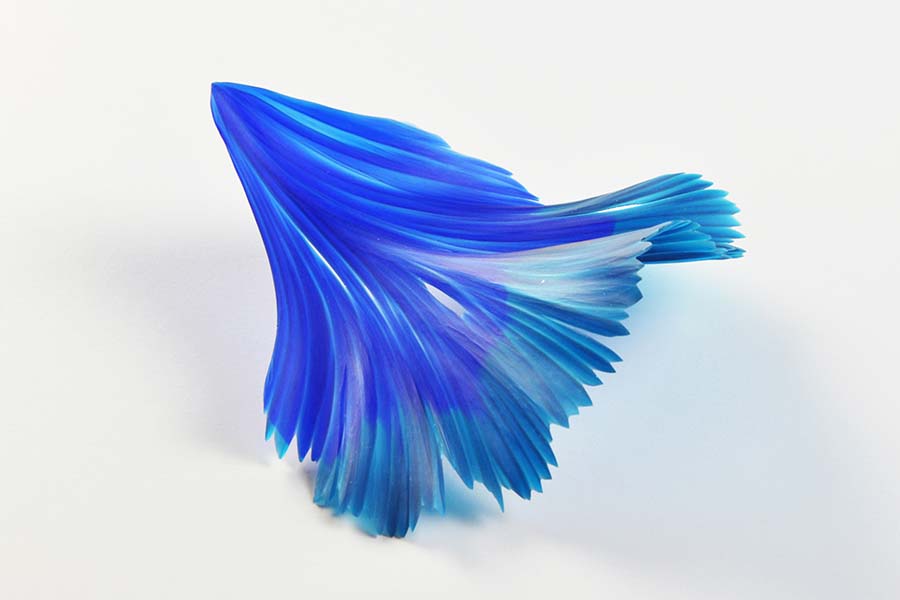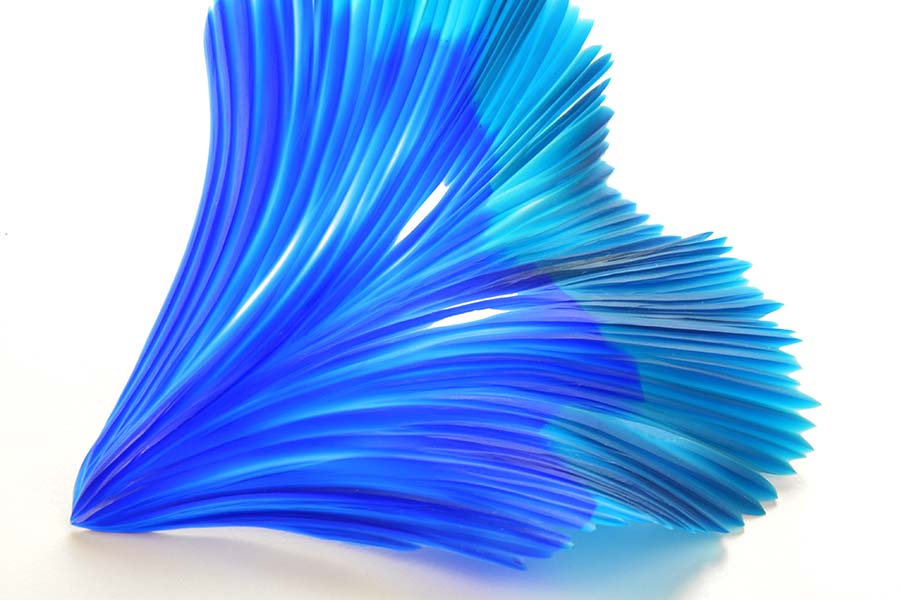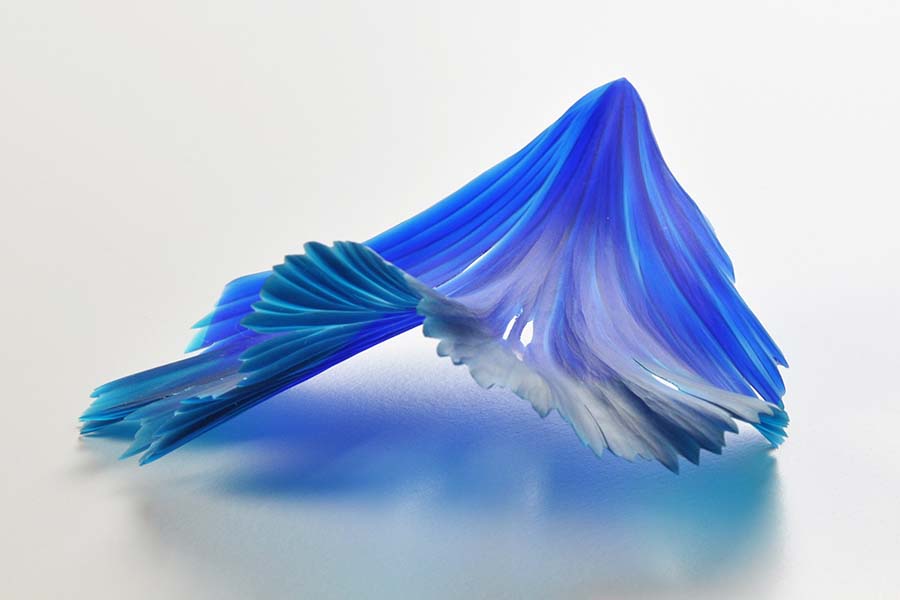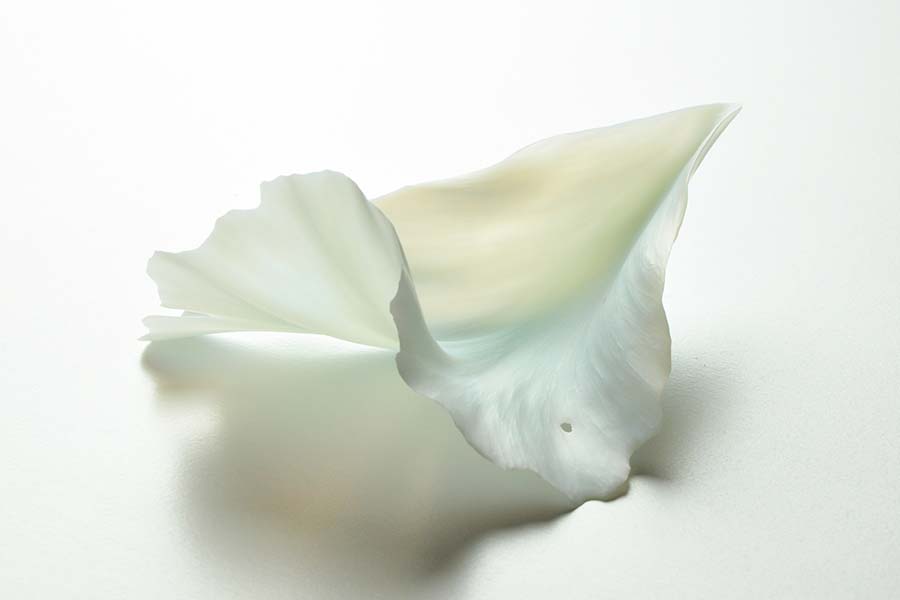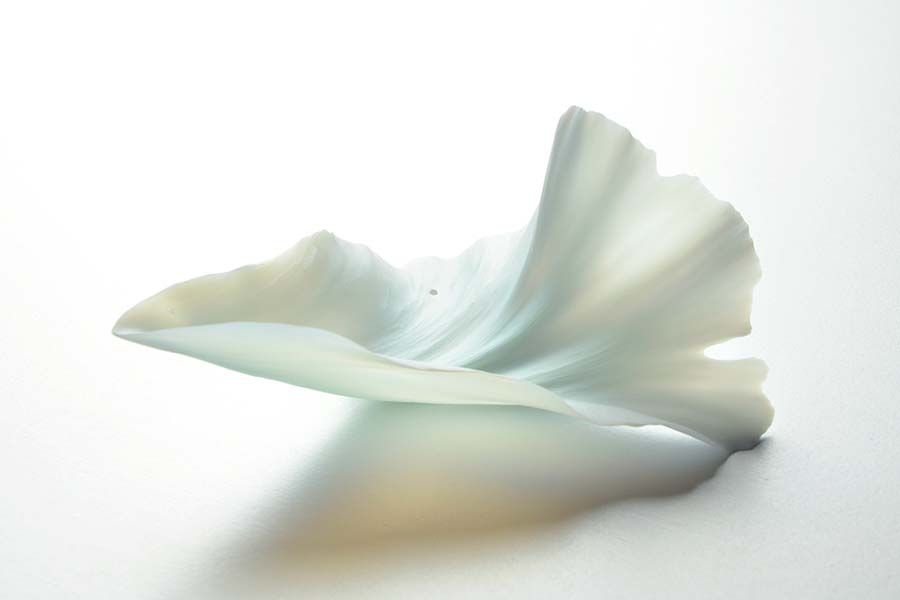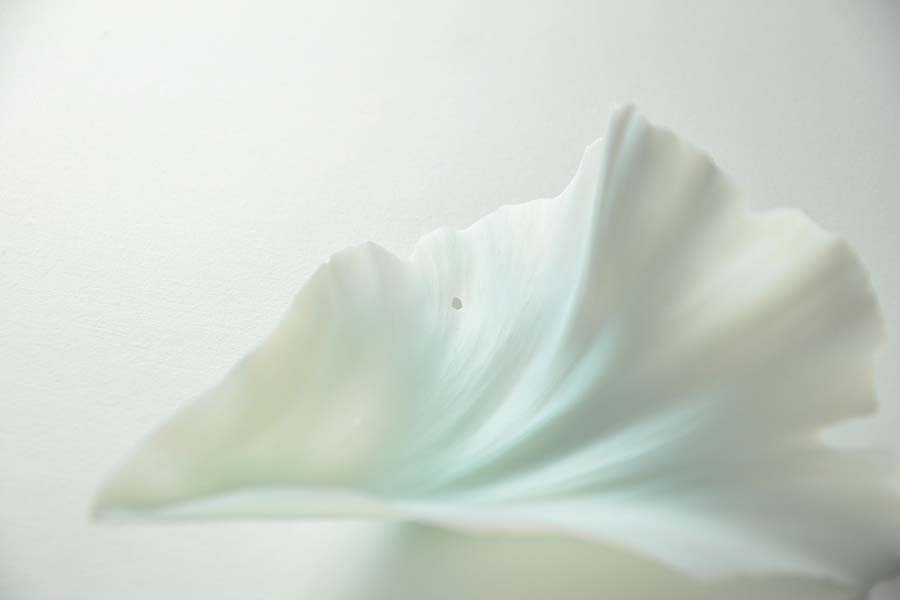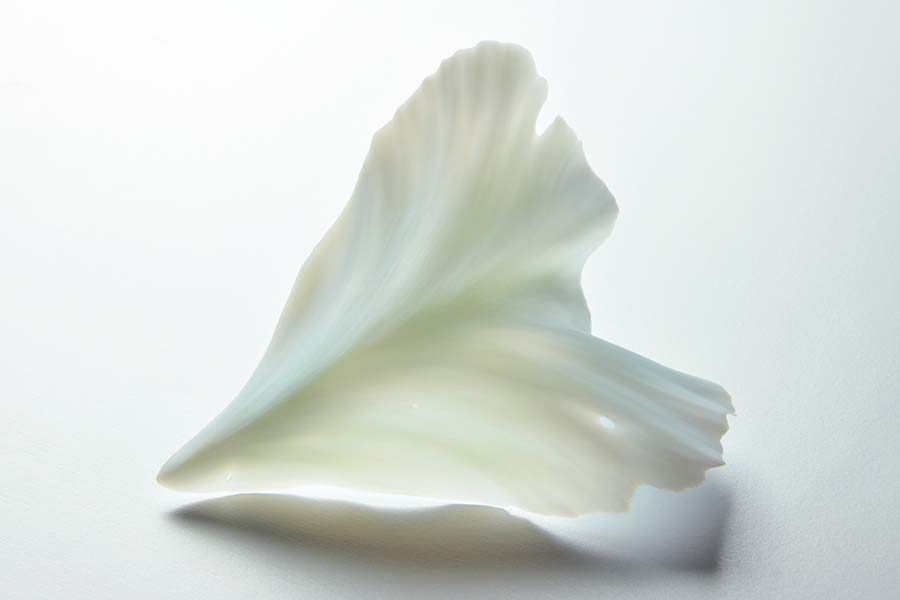Diary: Translating Flowers
Introduction by Keiko Fukai
There is a word in Japanese that expresses the notion of recognizing and appreciating things that have once been overlooked; this word is kizuki.
In her late twenties, Kosogawa Runa began to understand the transience of life due to her loved ones facing serious illness—this understanding led her to realize that the most mundane aspects of the day to day were truly what made her life meaningful. This was her kizuki. From then on out, Kosogawa tried to embed this kizuki into her artwork. In many cultures, different flowers hold specific metaphorical value; Kosogawa used these metaphors to link her thoughts and feelings to these flora. The beautiful yet fragile nature of glass, combined with the metaphorical value of flowers embodies her thought-provoking aesthetic today.
Recently, Kosogawa has started to extend her motif from the personal to the global. Instead of focusing on the intrapersonal, she plays with thoughts that shake the whole world, such as environmental tragedy and the disruptive nature of war. Her current body of work, which include black glass flowers, represent these anxieties.
Kosogawa Runa moved to Takayama city in the Gifu prefecture in 2012, where she established a glass studio with her husband. She is a recognized artist with collections in several museums worldwide.
My approach to my art comes from observing the small things and events that are normally obscured as we go about our busy daily lives. This evolved from my personal experiences when people very close to me became ill. While I took care of them as they faced death I realized how precious our ordinary days are as well as the small daily events that often pass unnoticed. That was when I began to keep notes from day to day about these little things I observed.
I began to feel that my thoughts seemed to match the language of flowers, and that is when I started to create pieces based on images of flowers. Glass gives me a sense of transience that can mirror or reflect the imagery of flowers and is the right material for me to reflect the themes of my work.
In Japan, our ancestors often painted flowers and tiny insects that expressed the ephemeral and transient nature of life. I feel that glass is a natural medium for expressing the images in my mind as a form of art.
As an artist I experienced an important change in 2012 when I moved to Hida-Takayama which is rich in natural beauty. Previously I had always lived in urban residential areas where I never felt emotional connections to place. As I started my new life in Takayama I began to understand for the first time the deep connection people have to the place where they live…the sense of belonging. I also began to understand the grief and pain people felt when they were forced to leave their land and when they were separated from loved ones. Since that time I have been focusing on the conflicts and contradictions in our societies and also on the importance of passing on the stories of war and environmental problems to future generations. That is why I am now working on a new theme–enquiring about the value of our lives–for which I am using black colored glass.
I am reminded of an event when I was a child. I did not know what color to use to draw the sun. In books I had seen the sun depicted in orange, but the sun did not really look orange to me. The way I think now has not changed since I was that little girl, because I often question so called ‘common knowledge’ wondering if what we think individually is really true or accurate?
I have chosen glass as the medium for my artistic expression because of its fragility and tendency to break; I do not see these cracks as a negative outcome, but instead I use these imperfections in my work as a serendipitous occurrence of form. Ceramic art is very different because irregularities, deformities, cracks and imperfections are often appreciated. I am trying to adopt this same ‘casual’ attitude of ceramics in my use of the hard material of glass, with all of its inherent characteristics. I now understand that it is possible to be free of “perfect beauty” when working with glass. I have a feeling this may derive from our Japanese concept of accepting nature as it is, and coexisting rather than confronting it.
When I encounter something beyond my imagination, I have the feeling that the needle on the compass of my mind disappears. I hope this leads me to something never before noticed, and therefore a step closer to the answer to my questions. This has led me to where I am today.

